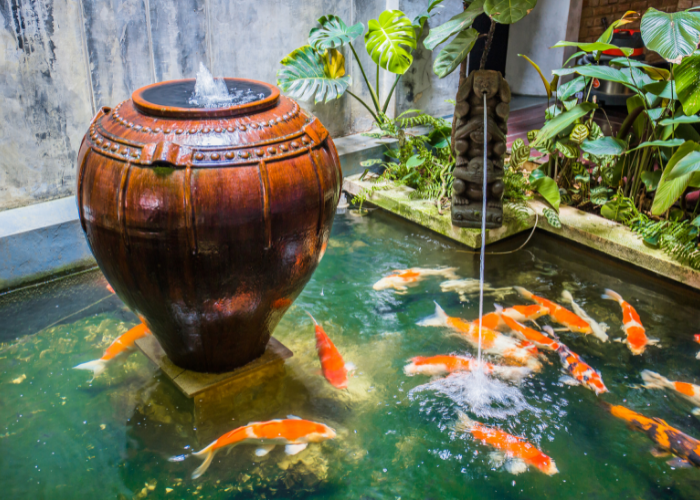Biophilia means a love of nature, so what is biophilic design? This article will explore biophilic design, a concept that unites people, nature, and the places we live, work, and play to promote healing and wellbeing.
Intuitively, we know that exposure to nature does us good – and now we have the science to back this up! For example, a University of Exeter study found that people who spent two hours a week in green spaces reported significantly better health and psychological wellbeing than those who didn’t. Earlier this year, a study in the scientific journal PLOS Biology demonstrated a strong genetic influence on our love for nature.
According to Dr Zoe Myers from the Australian Urban Design Research Centre at the University of Western Australia, natural elements in our urban environments can be ‘psychologically therapeutic and neurologically nourishing’.
Research by Planet Ark showed that almost half of employees who work indoors spend less than an hour outdoors on workdays. Biophilic design aims to breach the gap between humans and nature through architecture, design and urban planning. This can occur on a small scale, such as a room or office, and on city-wide scales.
Examples of biophilic design include:
• Planting abundant greenery: Landscaping is a primary feature of biophilic design, including, for example, rooftop gardens and exterior stairwells lined with trees.
• Using natural materials: Using plenty of natural materials like wood and stone over synthetic materials.
• Bringing the outside in: Emphasising natural light and elements like green walls and water features.
• Mimicking natural patterns: Embracing natural patterns that mimic those found in nature like curves, fractals and geometric shapes.
Biophilic design is also a requirement of the Living Building Challenge (LBC), which is run by our friends at the Living Future Institute Australia (LFIA). The LBC calls for the creation of building projects at all scales that operate as cleanly, beautifully and efficiently as nature’s architecture. To be certified under the LBC, projects must meet ambitious performance requirements such as water, energy, waste and wellbeing. GECA and LFIA work closely to incentivise and celebrate best practice products and materials for building projects.
Whether you’re an urban planner, an architect, an interior designer or one of the millions of individuals who spend most of their time indoors – we each have the power to incorporate natural elements into our spaces.




























